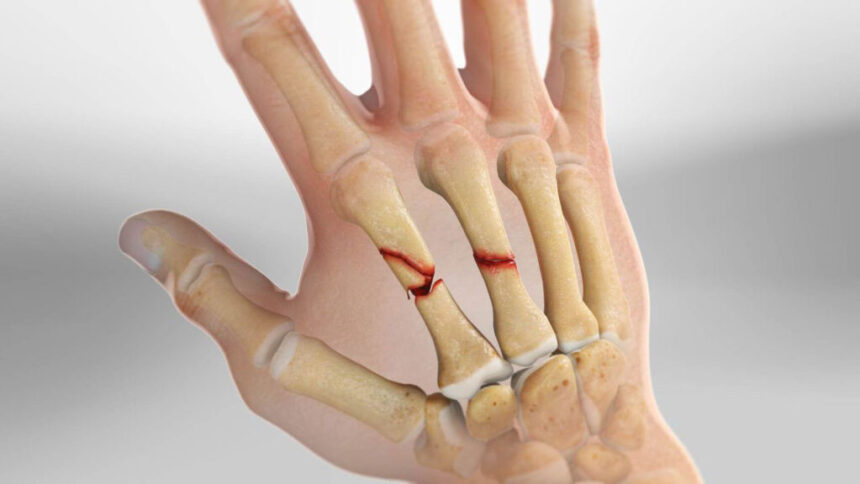What is a boxer fracture?
Boxer fracture is a broken bone of the hand. Normally occurs at the neck of the fifth metacarpal. It usually occurs when striking a firm object. It can be a wall or it may be the opponent During boxing usually that happened with a clenched fist. The head of the metacarpal bone forms the knuckle during an enclosed fist.
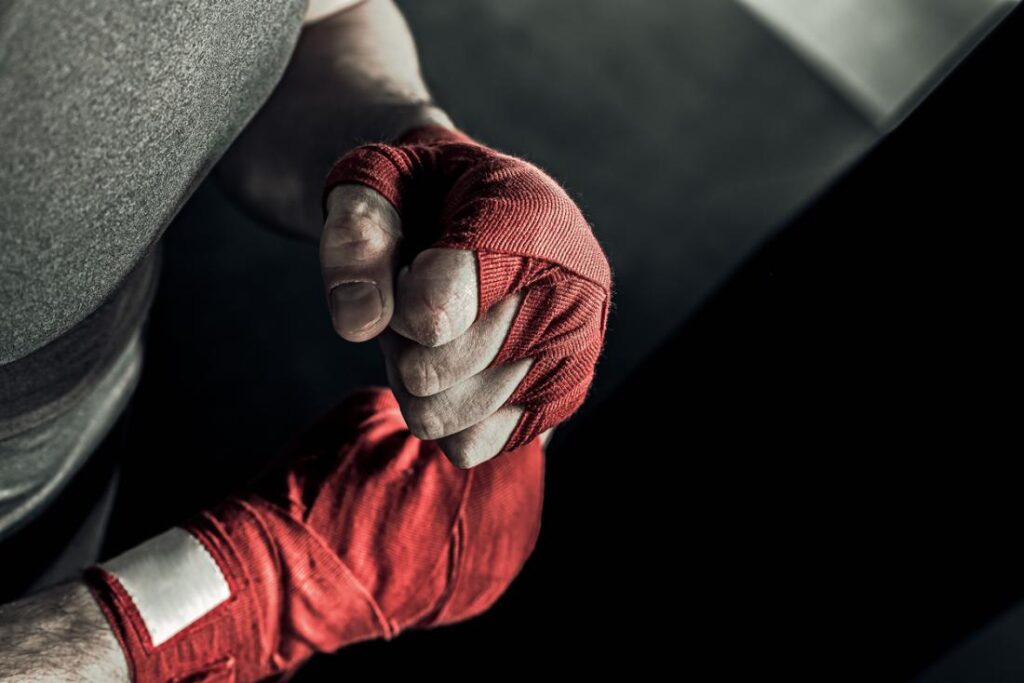
The end of the fifth metacarpal takes the force of the impact and breaks at its neck and angulate towards the palm creating a dorsal bump. You can see here the fracture of the metacarpal neck.
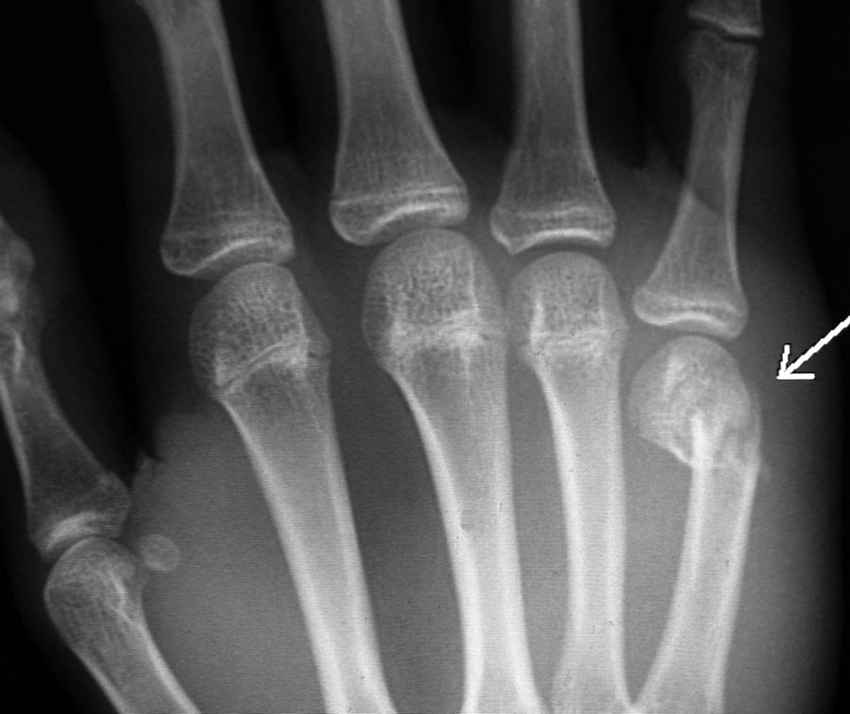
It can hold sustain. A boxer’s fracture commonly complain of pain, swelling, and deformity at the base of the small finger. The X-rays are needed to diagnose the fracture and the angulation of this fracture. A true lateral radiograph is needed The normal metacarpal neck angle is 15 degrees, so if the angulation measures 40 degrees on the x rays, then it’s actually 25 degrees of real angulation.
The fracture usually displaces with dorsal angulation and the metacarpal head is displaced. Parmale which can result in clawing. Please Read Glute Injection Article
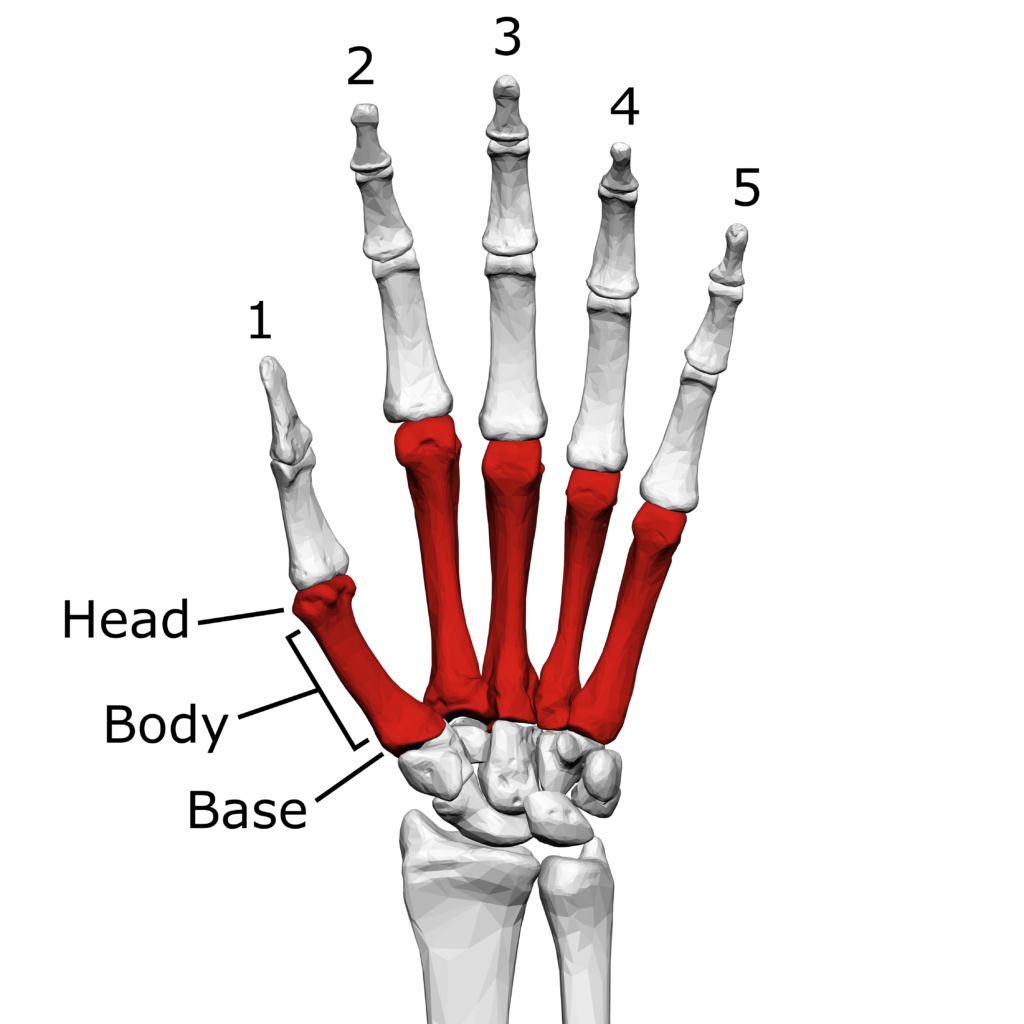
Here you can see the metacarpals and here you can see the neck of the metacarpals. And also there is the CMC joint. The CMC joint is the carpometacarpal joint. The second and the third CMC joints are not mobile. If you break the second or the third metacarpal neck, the deformity is not acceptable because the carpometacarpal joint is not mobile.
To accept some deformity, you need to have compensatory mobility of the CMC. Joint compensatory movement takes place at the mobile CMC joint of the fourth and the fifth fingers. The movement is 10 to 15 degrees in the fourth and 20 to 30 degrees in the fifth and that can help in guiding the treatment. Less than 40 degree of the deformity in the fifth metacarpal shaft is acceptable Less than 50 to 60 degree of angulation deformity in the fifth metacarpal neck is acceptable.
The surgeon is less likely to correct the deformity in the fifth metacarpal, because there is a compensatory mobility of the CMC joint The patient may end by a bump at the knuckle, but it usually doesn’t affect the hand function. Practically speaking, any deformity more than 50 degrees require possible intervention to avoid pseudo clawing.
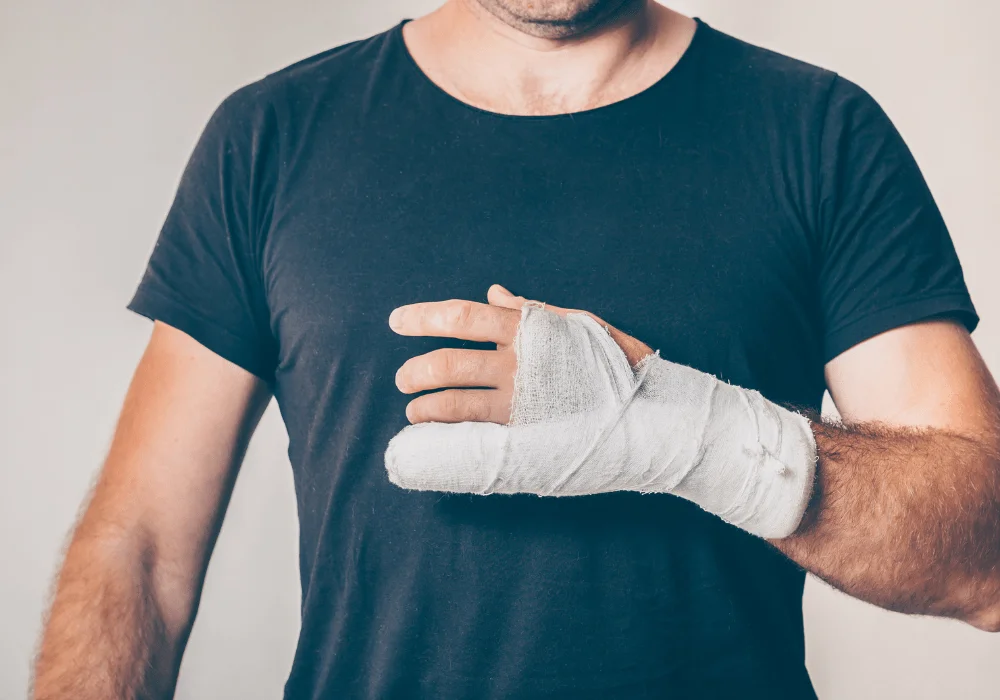
Boxer fracture treatment.
- Use to allow the fracture to heal, especially if the deformity is not severe.
- You may need close reduction and splinting to improve the deformity. Apply the splint in the position of hand function.
- An ulnar gutter splint is usually used
- Which is extension of the wrist and flexion of the MCP joint. Usually an ulnar gutter splint is used. Boxer’s fracture is usually angulated. (The angulation is usually tolerable, and the outcome is usually good)
- Occasionally the fracture will have rotational deformity and if it has rotational deformity it will need to be corrected.
- Acceptable outcome is reported even when the angulation is as high as 50 or 60 degrees, when the majority of the fractures are treated without surgery.
- Some studies found there is no difference in the outcome in pain, satisfaction, range of motion and grip strength when you compare body tapping with splinting.
- There is some opinion that you should Just give the patients buddy tape and schedule appointment as needed, and that the patient just fine with an optional follow up.
Some doctors believe that the reduction, the casting, the scheduled appointment, and more X-rays may be unnecessary. And maybe we’re adding a burden to the patient and to the health care. Please see some source here
So it seems like boxer’s fracture management may not be a big deal. However, some doctors believe the opposite that they should follow their patient closely. Surgery is rarely done. Surgery is done utilizing k-wires percutaneously intramedullary or we use percutaneous QR fixation. Stabilizing the fifth metacarpal to the fourth metacarpal. Thanks for reading Times For Health’s


